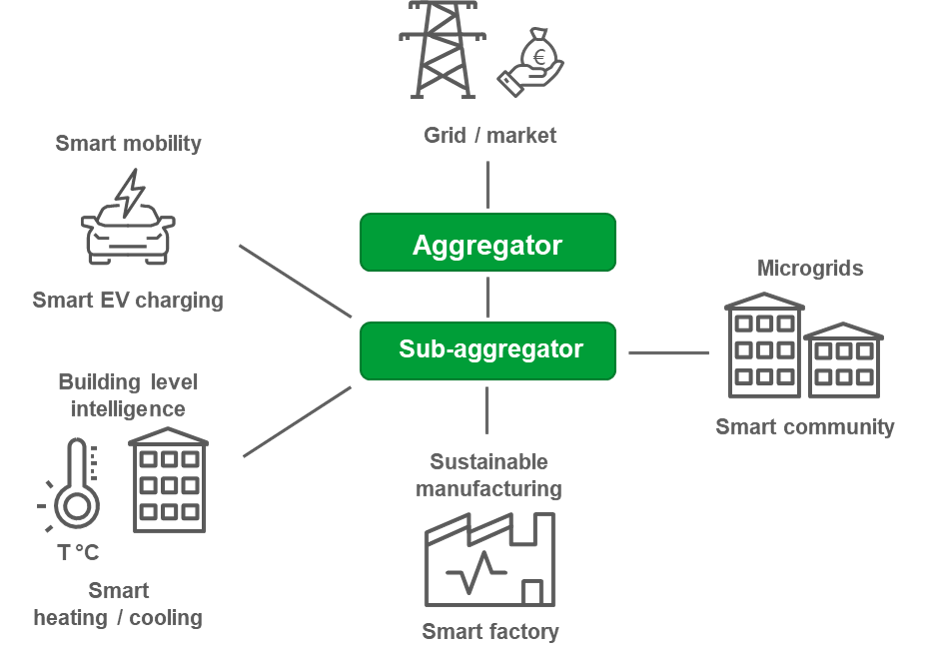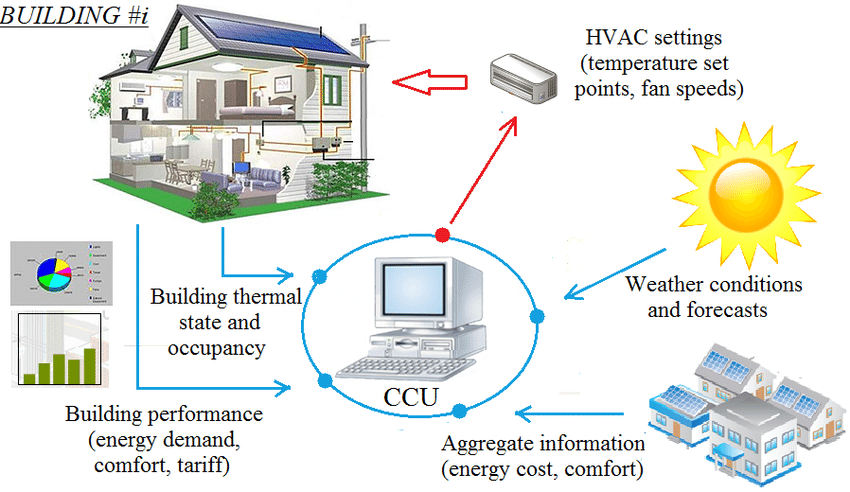The development of sustainable and climate neutral energy production will increase a lot of new fluctuating renewable energy generation to the grid. This increases the need for new methods to balance the electricity grid. Demand response is a method for matching the demand for energy to the available supply of energy (ISO/IEC 15067-3:2012). Demand response is typically classified as implicit and explicit demand response. Implicit demand response services include among others time-varying electricity prices, critical peak pricing, real-time pricing, or time-varying electricity tariffs. In explicit demand response, the result of demand response actions is sold upfront on the electricity markets through the services of single large consumers or by aggregators via an aggregated pool of controllable loads (e.g. electrical loads in buildings or charging of electric vehicles). With demand response services it is possible to shift electric load to another time, reduce grid-related electric load, increase the grid reliability in a case where the maximum capacity is reached, and reduce the need to build new capacity or reduce to use of old fossil energy based electric power plants for peak electric generation.
- Implicit demand response includes time-varying electricity prices, real-time pricing, critical peak pricing and dynamic tariffs.
- Explicit demand response involves selling planned flexibility into electricity markets, either through large individual consumers or via aggregators controlling pools of flexible loads (e.g. building HVAC systems or EV charging)
ENERGY FLEXIBILITY AND LOAD SHIFTING
Energy flexibility refers to the capability of buildings, devices and consumers to adjust or shift their electricity use in response to external signals. Load shifting enables demand to be moved from periods of high grid stress or low renewable availability to moments with abundant renewable supply or lower electricity prices.

Figure: Demand response operators (source: VTT Technical Research Centre of Finland Ltd. 2022)
Balancing the power grid with a virtual power plant that consists of thousands of aggregated buildings can boost the utilization of intermittent renewable energy sources, and the demand side can be better adapted to available RES generation with the load shifting. Production for peak consumption is often done with high-emission-based energy production. Consumption-related flexibilities provide an inexpensive solution to increase flexibility in the system instead of building more power generation to control the capacity. Flexibility must be implemented in such a way that residents do not notice it e.g. poor indoor conditions.

Comments ()